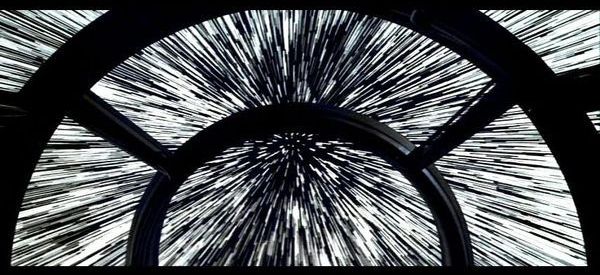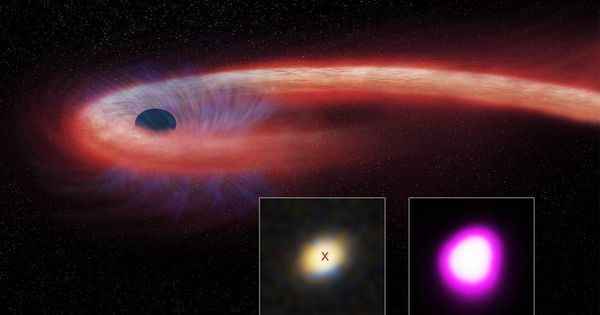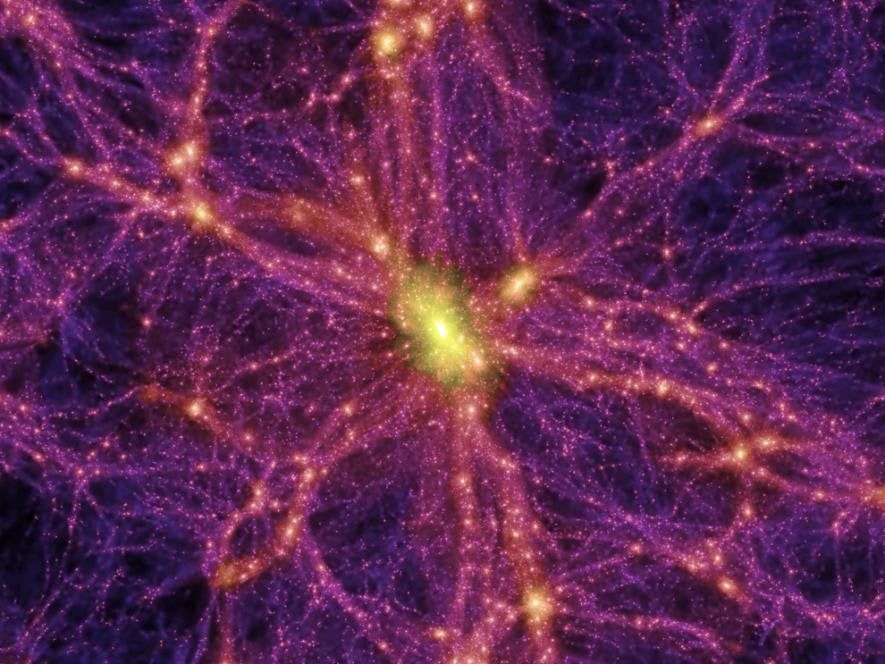In the most detailed and highest-resolution black hole simulation to date, an international team of researchers showed the Bardeen-Petterson effect for the first time.
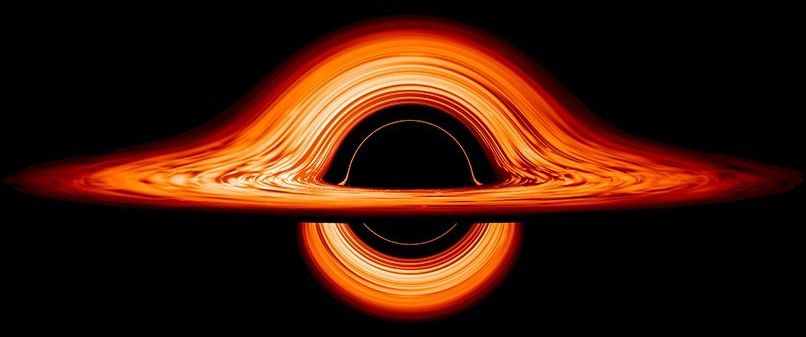

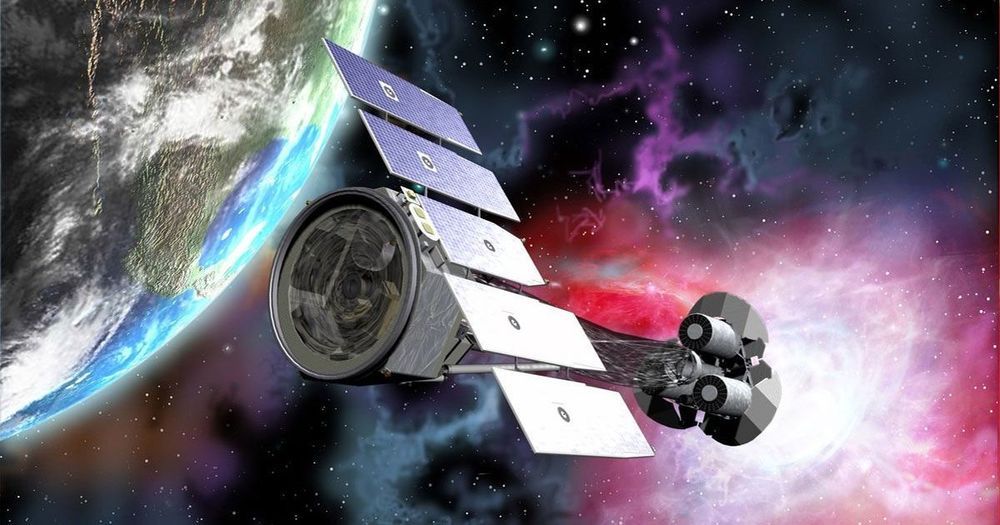
“We cannot directly image what’s going on near objects like black holes and neutron stars, but studying the polarization of X-rays emitted from their surrounding environments reveals the physics of these enigmatic objects,” Paul Hertz, director of NASA’s astrophysics division, said in a statement at the time. The project, he said, “will open a new window on the universe for astronomers to peer through.”
A preliminary launch date is set for April 2021 on a Falcon 9 rocket from Launch Complex 39A in Florida. It’s unlikely it will take up the full payload of the rocket, as SpaceNews.com points out.
READ MORE: SpaceX contracted by NASA to launch black hole and neutron star research craft [TechCrunch].
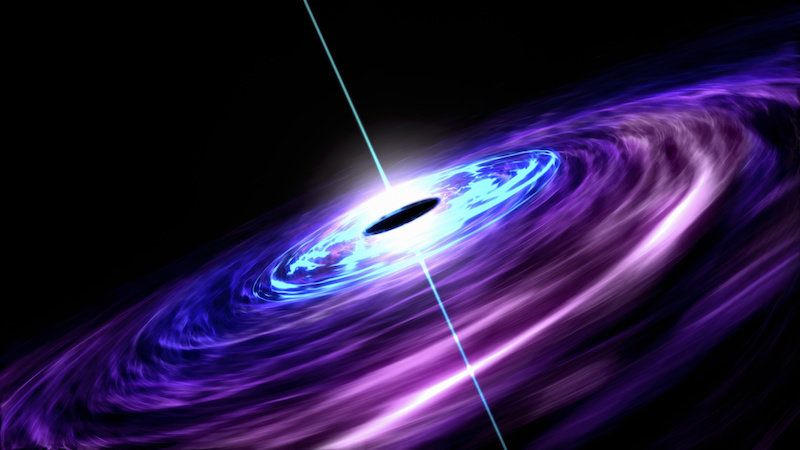
Astrophysicists at Western University have found evidence for the direct formation of black holes that do not need to emerge from a star remnant. The production of black holes in the early universe, formed in this manner, may provide scientists with an explanation for the presence of extremely massive black holes at a very early stage in the history of our universe.
Shantanu Basu and Arpan Das from Western’s Department of Physics & Astronomy have developed an explanation for the observed distribution of supermassive black hole masses and luminosities, for which there was previously no scientific explanation. The findings were published today by Astrophysical Journal Letters.
The model is based on a very simple assumption: supermassive black holes form very, very quickly over very, very short periods of time and then suddenly, they stop. This explanation contrasts with the current understanding of how stellar-mass black holes are formed, which is they emerge when the centre of a very massive star collapses in upon itself.
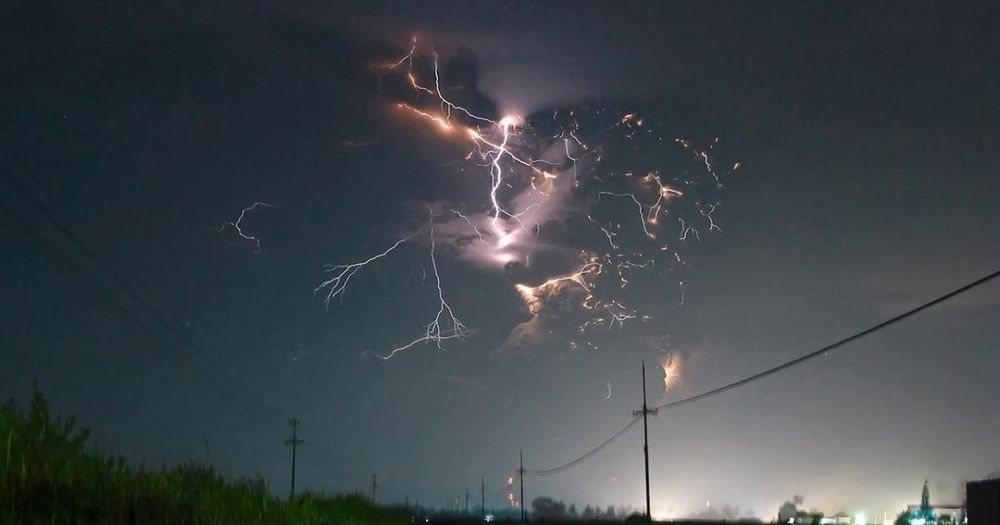
Imagine a world where everything is exactly the same as this one but no one knows of its existence, even though it could be staring you right in the face. These are called mirror universes — a parallel world in a different time space. While this prospect may seem a bit fetched to many, Leah Broussard believes that these parallel universes are actually very real. In fact, she, along with her colleagues at Oak Ridge National Laboratory in Tennessee, is on the hunt for a mirror universe and plans on opening portals to them.
Broussard is attempting to open a portal to a parallel universe by, what she calls “oscillation” which would eventually lead her to mirror matter. To conduct these experiments during the upcoming summer, Broussard will send a beam of subatomic particles down a 50-foot tunnel, past a powerful magnet, and into an impenetrable wall.
So what’s the point of that? Well, if the setup is just right, some of those particles will transform into mirror-image versions of themselves, allowing them to tunnel right through the wall. If it works, this would be the first proof of a mirror universe. The whole experiment will only take around a day but analyzing the data will take many weeks afterward. Either way, it won’t be long before the results are published.
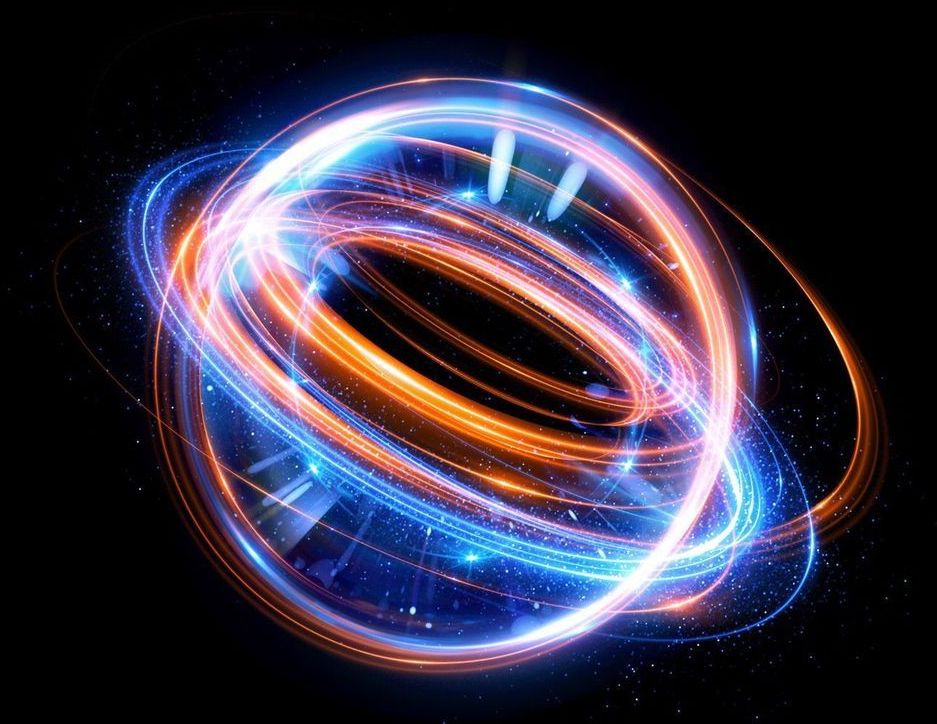
About 80% of all the matter in the cosmos is of a form completely unknown to current physics. We call it dark matter, because as best we can tell it’s…dark. Experiments around the world are attempting to capture a stray dark matter particle in hopes of understanding it, but so far they have turned up empty.
Recently, a team of theorists has proposed a new way to hunt for dark matter using weird “particles” called magnons, a name I did not just make up. These tiny ripples could lure even a fleeting, lightweight dark matter particle out of hiding, those theorists say. [The 11 Biggest Unanswered Questions About Dark Matter]
We know all sorts of things about dark matter, with the notable exception of what it is.
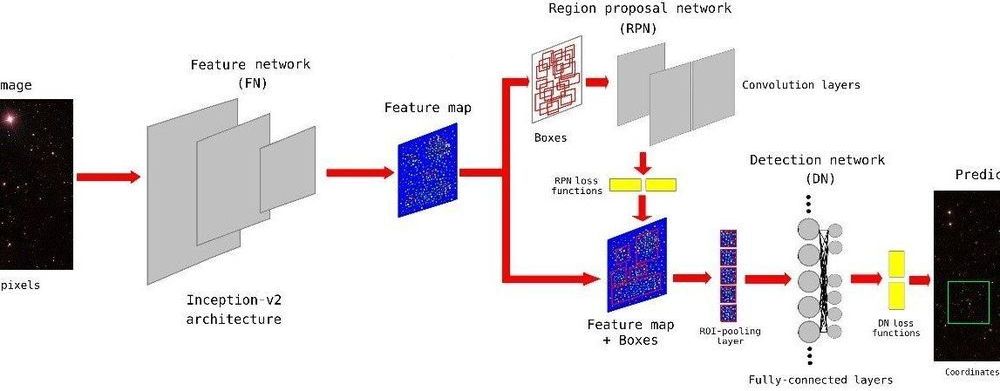
Galaxy clusters are some of the most massive structures in the cosmos, but despite being millions of lightyears across, they can still be hard to spot. Researchers at Lancaster University have turned to artificial intelligence for assistance, developing “Deep-CEE” (Deep Learning for Galaxy Cluster Extraction and Evaluation), a novel deep learning technique to speed up the process of finding them. Matthew Chan, a Ph.D. student at Lancaster University, is presenting this work at the Royal Astronomical Society’s National Astronomy meeting on 4 July at 3:45pm in the Machine Learning in Astrophysics session.
Most galaxies in the universe live in low-density environments known as “the field”, or in small groups, like the one that contains our Milky Way and Andromeda. Galaxy clusters are rarer, but they represent the most extreme environments that galaxies can live in and studying them can help us better understand dark matter and dark energy.
During 1950s the pioneer of galaxy cluster-finding, astronomer George Abell, spent many years searching for galaxy clusters by eye, using a magnifying lens and photographic plates to locate them. Abell manually analysed around 2,000 photographic plates, looking for visual signatures the of galaxy clusters, and detailing the astronomical coordinates of the dense regions of galaxies. His work resulted in the ‘Abell catalogue’ of galaxy clusters found in the northern hemisphere.

